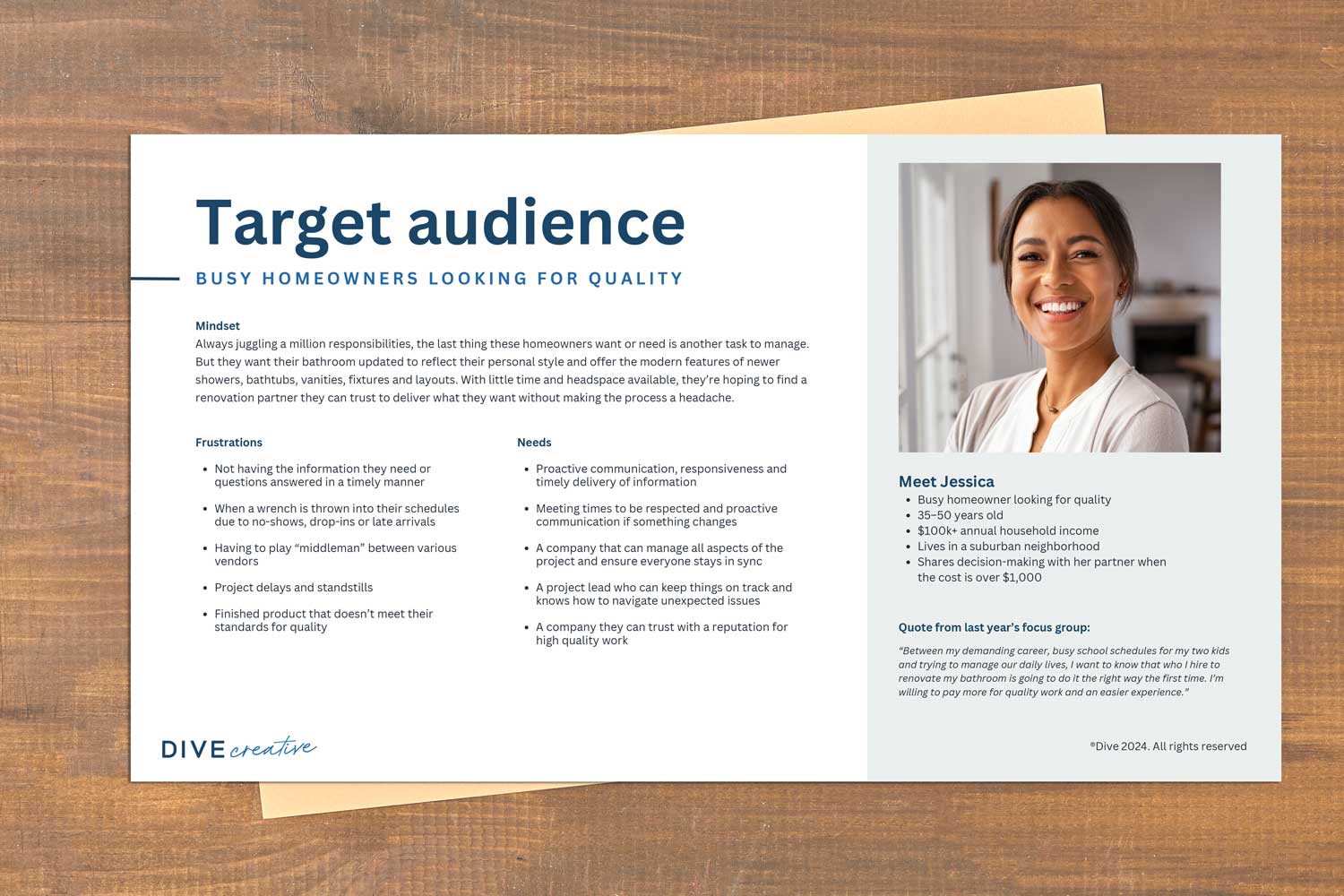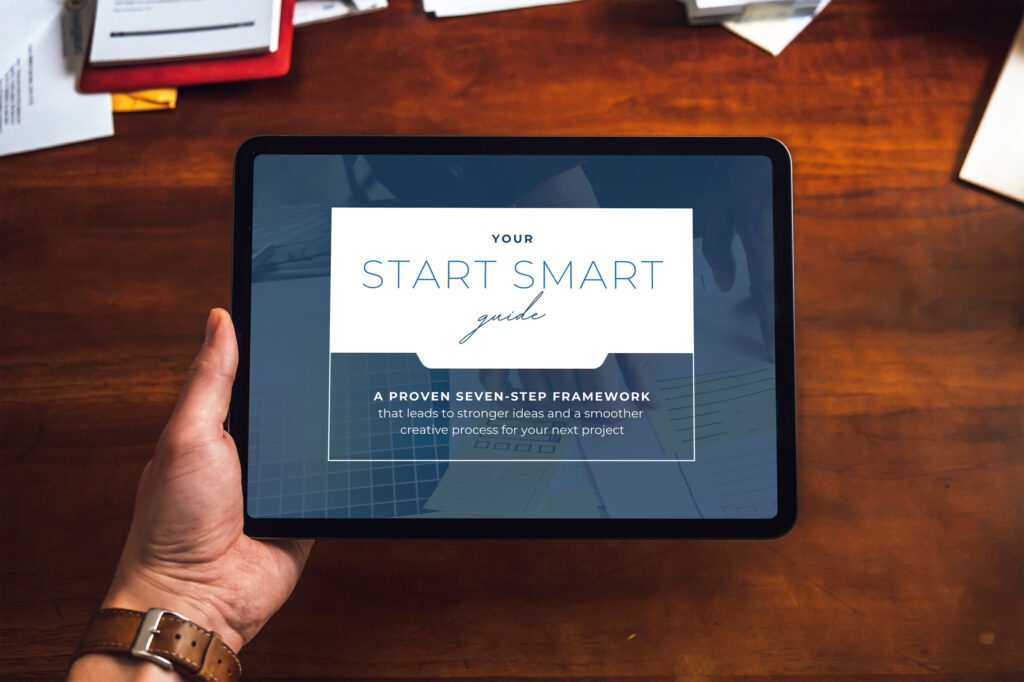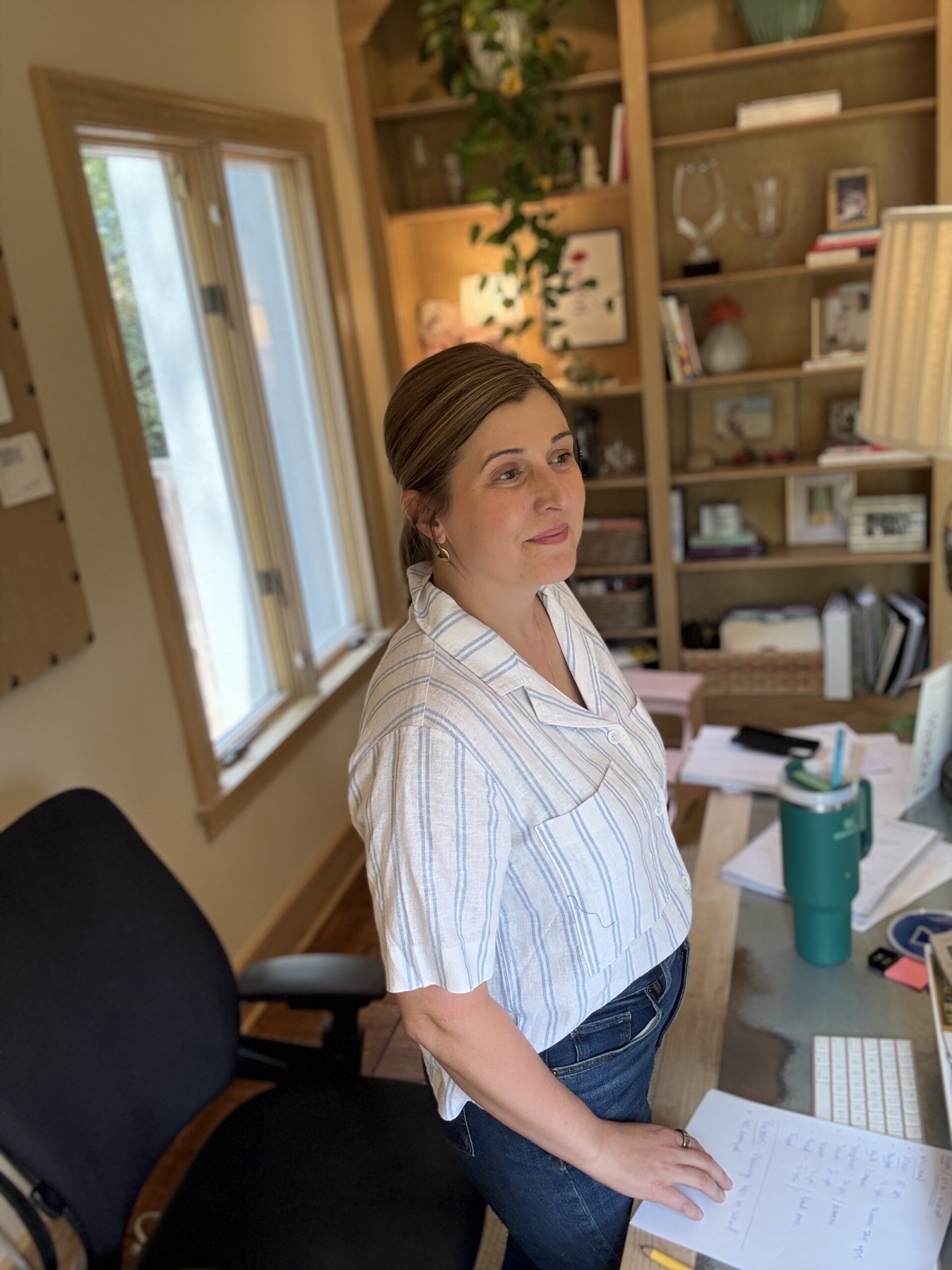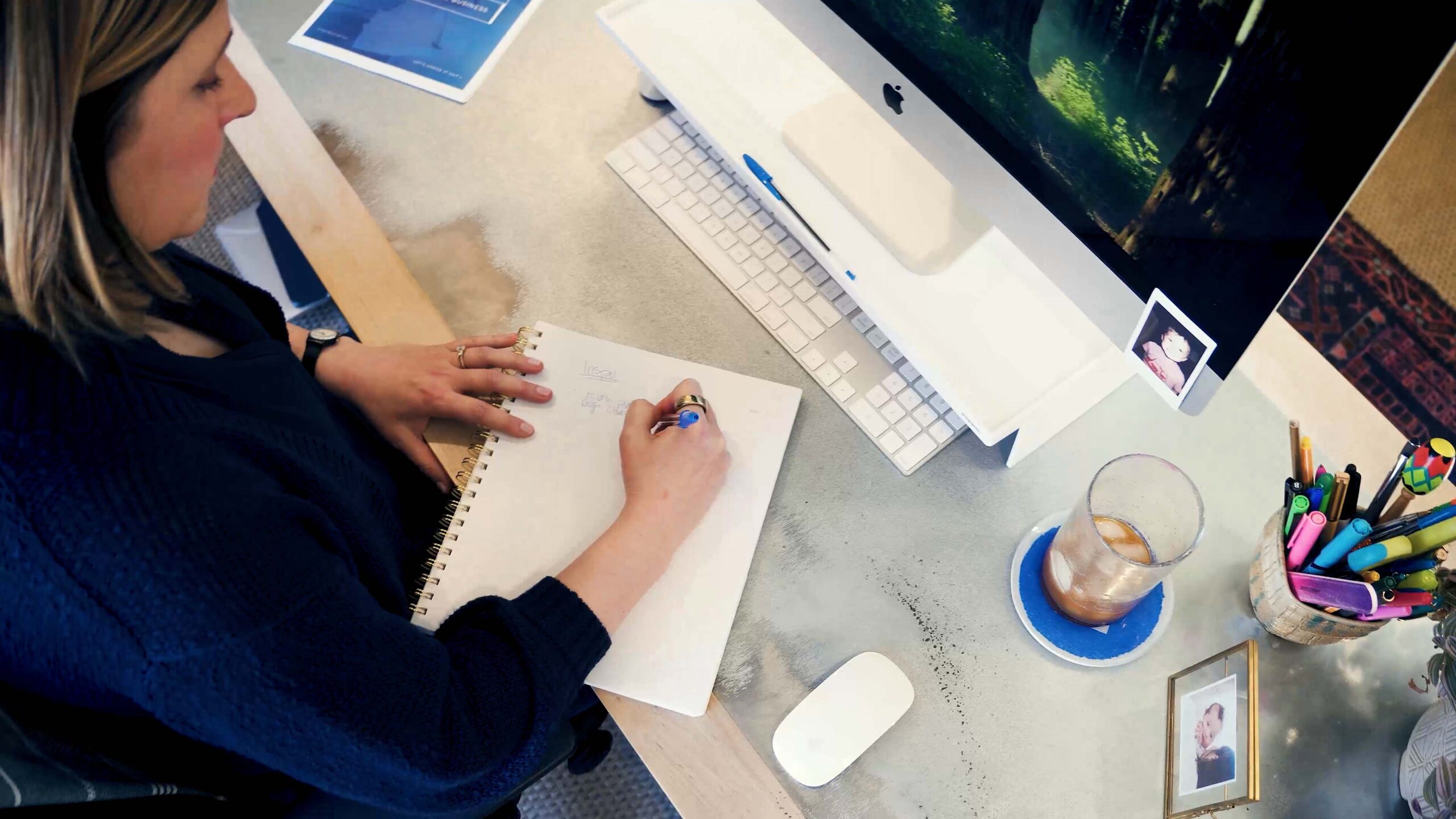Having a strong partnership with your creative team is vital to effectively expressing your brand’s value. After all, bringing a strategy to life takes both teams working together in harmony. But are you struggling with creative team alignment every time you want to kick off a new project? Does it waste a lot of valuable time and energy? And when you’re done, does it feel like parts of the “big picture” are missing or not fully resonating?
Marketing leaders are often looking for ways to get the most out of their creative partnerships without a ton of extra effort and time. They envision a partnership that allows both teams to be in sync, develop fresh ideas and move quickly. So, what’s the best way to make this type of seamless collaboration happen?
If you’re looking for tried-and-true methods that lead to easier creative team alignment and wave-making results, here are four ways to make that happen.
1: Keep your strategy, plan and goals fresh in your creative teams’ minds.

There’s a larger strategy guiding your decisions, direction and projects — but how much of this is shared with your creative team? Do they receive regular updates, or do you come to them later, when the work needs to be done, with only snippets of the context behind your project? We like to refer to this as shifting from a place of “Ok, quick, go!” to “Because you know…” The more they’re aware of your bigger picture, the more invested they will be in the project’s success, which in turn empowers them to provide even stronger solutions.
This doesn’t have to be a time-consuming process, either. Here are some simple ways to ensure your creative team is aligned to your strategy – even as it evolves over time:
- Have an annual or biannual strategy session with the entire creative team to share your higher-level approach, plans and goals. Include, if possible, information on how your plans support the larger business goals. That way, when a project arises, it’s easy for your creative team to see why it’s important.
- Include creative team members in your regular marketing team meetings as observers. This helps them stay in the loop on reprioritizations, team member changes or shifts, background information that often leads to new projects and also help foster a stronger rapport between the teams.
- Schedule a monthly touch base with the creative team leader(s) to discuss challenges and opportunities. This may include sharing ideas on how the teams can work together better, additional ways to support the project plan, how to propel the brand or service/product forward, etc.
2: Build a library of references and samples

Tired of explaining the same things to your creative team every time a new project starts? There’s an easier way. By compiling a few key resources upfront, you’ll save yourself a lot of time and ensure your creative team has consistent, clear direction moving forward.
These go-to references are fundamental to creative team alignment on the core aspects of your brand.
- Persona: A profile that outlines the mindset, needs, frustrations and challenges of your target audience.
- Brand house or strategy documents: These define your brand’s mission, vision, value propositions, positioning statement and personality and are your North Star for every communication
- Brand messaging framework. A guide to the key messages, proof points and language that best describe your brand and highlight what makes it unique.
- Service or product overview. A clear breakdown of what your service or product includes, the process and important details like revenue goals.
- Service messaging framework. This is similar to the brand messaging framework but specific to a particular service and includes its own differentiators and impactful messaging.
As you create these resources, take the time to walk your team through each one. Explaining why each element matters will help them feel confident using these tools on any project.
Additionally, start building a collection of samples for future reference. These could be pieces you find inspiring or examples of what your competition is doing, from direct mailers to emails or sales flyers. Having these on hand will make future projects easier to kick off.
| Have missing pieces in your brand references toolkit? We can help. Schedule a free consultation to talk about how we can help you define the strategy and document the key elements of your brand. These references will make your life easier, brand more consistent and teams work more autonomously and are worth the investment. |
If your creative team is new to using brand references, take some time to go through each piece, explaining why certain choices or decisions were made and how these larger ideas can be translated to the fit within the project. If they’re already well versed in your brand documents, it’s still a good idea to explain how certain elements are applicable to the current ask.
3: Share performance results on a regular basis

When your creative team hands over the final work, what happens next? Is their involvement done? It shouldn’t be! Keep them in the loop by sharing performance results throughout the year to show the impact of their efforts.
But don’t stop there—broader brand and business metrics that shape your strategy, plans and goals are just as important for them to know. The more your creative team understands performance, the more strategic and effective their partnership will be.
You can cover this during your regular team meetings where the creative team is present (bringing it all together!). Key points to share might include:
- Campaign or creative performance: How is the current campaign performing in the market? Are there opportunities to optimize and create a bigger impact?
- Marketing performance: How is the broader marketing mix performing? What trends are emerging, and where can improvements be made?
- Sales performance: What happens once leads come in? Sharing insights on what customers are buying, where they drop off and sales trends will help your creative team better understand your audience.
- Customer feedback: Real customer insights are invaluable. NPS scores, Google reviews, social listening data, notable call center interactions and focus group results provide a real-world view of how people experience your brand.
- Brand awareness studies: How does your brand measure up against the competition? Letting your creative team know how the public perceives your brand helps them understand any larger challenges you’re facing.
By keeping your creative team informed on metrics, you ensure they can contribute more strategically and drive even better results.
4: Save valuable time with a strong brief
“Before anything else, preparation is the key to success.” While Alexander Graham Bell probably wasn’t talking about writing a descriptive creative brief when he said that, the sentiment absolutely applies. Putting more effort into the project prep and front-end direction can mean quicker turnaround times, making the process more enjoyable for everyone involved and, ultimately, garnering better results.
The creative brief shouldn’t be daunting, either. If you’ve adhered to the aforementioned steps – especially having the right brand references in place – this should be quick work. All that’s left for you to do is summarize the project’s background, highlight the objectives, include any project-specific audience nuances, outline a special offer and go over operational details, like intended distribution channels, timelines, important dates, etc. Bonus points for including information on the competitor landscape.
We hope these steps help and your creative team alignment doesn’t have to be an uphill battle anymore!
Want more help kicking off your next project with confidence?

A great place to start is downloading our free creative direction guide. It outlines seven essential elements to creative direction that lead to stronger alignment, inspiration and clarity to unleash your team’s best ideas.
Looking for the right team to be your creative partner?
Many hands make light work. After all, if you want your creative to stand out from and outperform the competition, it helps to have a knowledgeable team on your side.
Dive offers strategic, high-performance creative and brand solutions. These solutions can help you bring your strategy to life, refine your messaging, give you helpful resources and more.






Be the first to comment